

There are various methods for conducting scientific research. The two broad approaches to data collection include qualitative and quantitative research methods.
However, it is not easy to decide which one to choose while writing a research paper.
If you know the basic difference between both methods, you will produce a well-written and structured paper.
In this blog, we have explored what is qualitative research, its nature, purpose, and methods of data collection. By reading this, students can gain a good understanding of qualitative research, enhancing their ability to conduct in-depth studies.
So keep reading!
On This Page![]()
- 1. What is Qualitative Research - Definition
- 2. Qualitative Research Methods
- 3. Types of Qualitative Research
- 4. Steps in Conducting Qualitative Research
- 5. Qualitative Research vs Quantitative Research
- 6. Qualitative Research Topics
- 7. Qualitative Research Examples
What is Qualitative Research - Definition
Qualitative research is a research methodology that aims to explore and understand the complexities of human behavior, emotions, and experiences through non-numerical data.
Unlike quantitative research, which deals in numbers and statistics, qualitative research is all about revealing the stories, and perspectives that make us uniquely human.
Let's dive deeper and discover why it's a powerful tool in the researcher's arsenal.
Purpose of Qualitative Research Design
Qualitative research simplifies the understanding of complex human behavior and experiences. Its purpose is to:
- Explore Complex Phenomena: Qualitative research allows us to delve deep into intricate human experiences and behaviors.
- Understand Motivations: It helps uncover the 'whys' behind actions, shedding light on underlying motivations.
- Capture Richness: By collecting narratives and stories, qualitative research captures the richness of human life.
- Generate Hypotheses: It often serves as a foundation for hypothesis generation in further quantitative studies.
- Inform Decision-Making: Qualitative findings guide decisions in fields like psychology, sociology, and market research.
- Contextualize Quantitative Data: It provides context to quantitative data, explaining the 'how' and 'why' behind the numbers.
Characteristics of Qualitative Research
The following are the main characteristics of qualitative research.
- The real-world setting is the first important characteristic. It involves various qualitative research methods to study the behavior of participants.
- Researchers play an essential role in choosing a method and making a plan for conducting research.
- All qualitative approaches have their significance and are used for different scenarios.
- Qualitative research questions are beneficial for complex reasoning to get the right results.
- It is also used to explain the outcome of quantitative research methods.
- The role of participants is essential as it brings meaning to the study.
- Qualitative research is flexible and can be changed at any stage of the research work.
- It also describes the research problem by developing a complex cause-and-effect relationship between the variables.
- Data analysis in qualitative research is an ongoing process.
- Conclusions can be drawn based on the outcomes of the research process.
- Participants are selected from a particular and relevant group.
Qualitative Research Methods

A detailed description of the major qualitative approaches to collecting data is given below.
In-depth Interview
In-depth interviews involve one-on-one conversations to gather detailed information about a specific topic. This method allows researchers to explore participants' motivations, inspirations, and body language.
Interviews can be conducted face-to-face, via email, or over the phone for flexibility.
Focus Groups
Focus groups consist of small group discussions (5-15 participants) on specific topics, ideal for 'what,' 'why,' and 'how' questions about society and the environment. They can be conducted in-person or online, offering versatility in data collection.
Direct Observation
Direct observation collects subjective data through the five senses without interference. It focuses on characteristics, not measurements, often in public settings where privacy isn't a concern.
Open-Ended Surveys
Open-ended surveys use structured or unstructured questions to collect information on respondents' opinions and beliefs, providing insights into their perspectives.
Participant Observation
Participant observation involves researchers actively participating in events while observing people in natural settings, offering firsthand experience and insights.
Literature Review
The literature review method interprets words and images from published works to analyze social life. It examines word usage in context to draw inferences and identify meanings.
Types of Qualitative Research

The following is a comprehensive overview of the types of qualitative research methods.
Case Study
The case study research method has now become the most valuable method of conducting research. It has evolved in recent years and is used to explain an entity in detail.
Moreover, it also involves a thorough understanding of different types of data sources. These include interviews, documents, reports, and observations.
Mainly, this research type is used in different areas like education, social sciences, etc.
Ethnographic Research
The ethnographic research method is the most familiar and in-depth observational method. It focuses on people and their behaviors in the natural environment.
Here, a researcher needs to adapt to the environment and society of the target audience to conduct better research. It helps to get a first-hand experience of the natural setting, including the customs, traditions, and culture of the subjects.
This type of research is a challenging and time-consuming process as it can last from days to years. However, geographical constraints can be an issue while collecting data.
Grounded Theory
While other methods discuss and focus on an event or activity. The grounded theory method deeply looks into the explanation and the main theory behind the event.
It requires the researcher to observe the interviews and documents to build a theory. Moreover, it usually starts with a question or collection of data.
However, the sample sizes in this method are usually larger than in other methods.
Phenomenological Method
This type is used in the description of an event, phenomenon, and activity. Here, methods like interviews, reading documents, visiting places, and watching videos are used.
This will help to add new insights to the existing data analysis by checking its reliability and validity.
Check out the video to learn more about the phenomenological method of qualitative research!
Narrative Method
The narrative method is used to gather data from subjects through interviews or documents. Later, the gathered information is used to derive answers and suggestions for future research.
Historical Method
The historical method involves the examination of past events to draw conclusions and predictions about the future. The steps included in the method are formulating a plan, gathering data, and analyzing the sources.
Steps in Conducting Qualitative Research
Conducting qualitative research is a systematic process that involves several key steps to ensure the collection of meaningful data.
Here's a chronological guide to conducting qualitative research:
Step 1: Define Research Objectives
Begin by clearly defining the research objectives and questions. What do you want to learn, explore, or understand through your qualitative research? This step sets the direction for your study.
Step 2: Select a Research Design
Carefully study different types of research and choose an appropriate research design based on your objectives. Common designs include case studies, ethnography, grounded theory, or phenomenology. The design informs your data collection and analysis methods.
Step 3: Sampling Methods
Decide on your sampling strategy. Will you use purposive sampling to select specific participants who are most relevant to your research problem or question? Or will you employ snowball sampling to find participants through referrals?
Step 4: Data Collection Techniques
Determine the data collection techniques that align with your research design. Depending on your approach, this may involve conducting in-depth interviews, facilitating focus groups, observing participants, or analyzing existing documents and content.
Step 5: Plan Interviews and Questions
If conducting interviews, create interview guides with open-ended questions. These questions should allow participants to share their thoughts, experiences, and perspectives freely. Ensure that questions are related to your research objectives.
Step 6: Conducting Data Collection
Collect data according to your chosen methods. For interviews, arrange and conduct interviews with participants, ensuring a comfortable and open environment. If using other techniques, follow the procedures outlined in your research design.
Step 7: Data Recording and Management
Record data meticulously. This may involve audio or video recordings, note-taking, or transcribing interviews. Organize and store data securely to maintain confidentiality.
Step 8: Data Analysis
Qualitative data can be in the form of interviews, transcripts, surveys, videos, audio, etc. The steps involved in qualitative data analysis are given below.
- Organize the Data: This can be done by transcribing interviews or making detailed notes.
- Review the Data: Examine the data, ideas, and patterns.
- Establish a Data Coding System: Generate a set of codes that you can apply to classify your data.
- Assign Codes to the Data: For qualitative survey analysis, create codes, and add them to your system.
- Identify Themes: Link the codes together into cohesive themes.
Similarly, the following are different approaches to analyzing qualitative data.
- Content Analysis – It is used to categorize common words and ideas.
- Thematic Analysis – thematic analysis in qualitative research is used to identify and interpret different themes and patterns.
- Textual Analysis – This type of analysis is used to examine the structure, content, and design of text.
- Discourse Analysis – It is used to study how a language is used to achieve specific results.
Step 9: Validity and Reliability
Ensure the validity and reliability of your findings. Consistently apply your chosen analysis methods and cross-check interpretations with colleagues or participants to validate your results.
Step 10: Ethical Considerations
Throughout the research process, uphold ethical principles. Protect the privacy and anonymity of participants, obtain informed consent, and address any ethical concerns that may arise.
Qualitative Research vs Quantitative Research
Qualitative and quantitative research are two distinct approaches to conducting research. Here are the main differences between qualitative vs. quantitative research.
| Aspect | Qualitative Research | Quantitative Research |
Data Type | Non-numerical (e.g., narratives) | Numerical (e.g., statistics) |
| Research Focus | Depth, context, and interpretation | Breadth and measurement |
| Sample Size | Smaller and purposeful | Larger and representative |
| Data Collection Methods | Interviews, observations, content analysis | Surveys, experiments |
| Data Analysis | Subjective and interpretive | Objective and statistical |
| Research Questions | 'How' and 'Why' | 'How many' and 'What percentage' |
Emphasis | Richness of data | Generalizability and precision |
Qualitative Research Topics
To write an amazing qualitative research paper, here are some interesting topics for you.
- The Impact of Parental Involvement on Children's Education
- Social Isolation and Loneliness Among the Elderly
- Factors Influencing Consumer Choices in Sustainable Fashion
- Coping Mechanisms for Stress Among College Students
- Experiences of Immigrant Workers in Low-Wage Jobs
- The Role of Music in Expressing Emotions and Well-being
- Perceptions of Mental Health Stigma in Ethnic Communities
- Exploring the Transition to Parenthood: Challenges and Joys
- How Cultural Differences Influence Conflict Resolution Styles
- The Influence of Family Dynamics on Eating Habits and Nutrition in Children
We have also compiled a list of research paper topics in case you need more unique ideas.
Qualitative Research Examples
Check out the examples of qualitative research to get a better idea of writing a qualitative research study.
Qualitative Research Limitations
The following discussed are the qualitative research limitations.
- The qualitative research data involve fewer expenses and time.
- It does not have large-scale data.
- It requires a lot of time to manage, gather, and analyze data.
- It is not possible to verify the results as it is open-ended research.
- It is difficult to analyze the credibility and validity of data because of its subjective nature.
- Expert knowledge of the area is necessary to understand the collected information.
In Conclusion, the qualitative research method shows the idea and perception of your targeted audience. However, not every student is able to choose the right approach while writing a research paper. It requires a thorough understanding of both qualitative research and quantitative research methods.
This is where the professional writing service from MyPerfectWords.com comes in handy. We offer tailored help according to your assignments.
Just tell us to "write my research paper for me" and we'll get started today!
Frequently Asked Questions
What are the two methods in research study?
There are two types of studies that involve observing people during a study, participant observation and non-participant observation.
Why is qualitative research better?
Because qualitative research includes the ability to gain unique insights through deep exploration. Survey respondents are able to disclose their experiences, thoughts, and feelings without constraint or influence from an outside source.

Write Essay Within 60 Seconds!
Use our AI tool to generate high quality essay
WRITTEN BY
Alexander P.
Harvard Law graduate. I build arguments anticipating every objection and dismantling it before it's raised. Airtight logic is non-negotiable.
Keep reading
Research Paper Writing - A Step by Step Guide
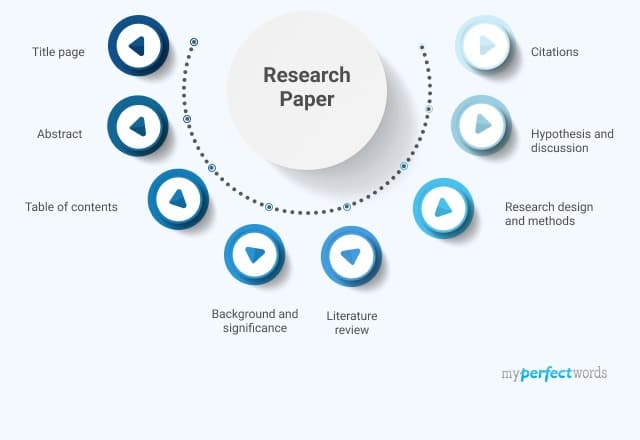
Research Paper Examples: Free Samples & Templates for Students

Guide to Creating Effective Research Paper Outline
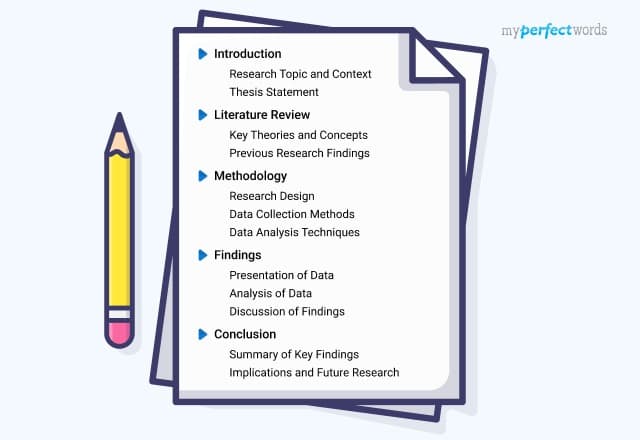
A Catalog of 300+ Research Paper Topics
-9352.jpg&w=828&q=75&dpl=dpl_4f4VU87XynDmuWZvXA7fJDuQ5GRt)
Research Proposal Writing - A Step-by-Step Guide
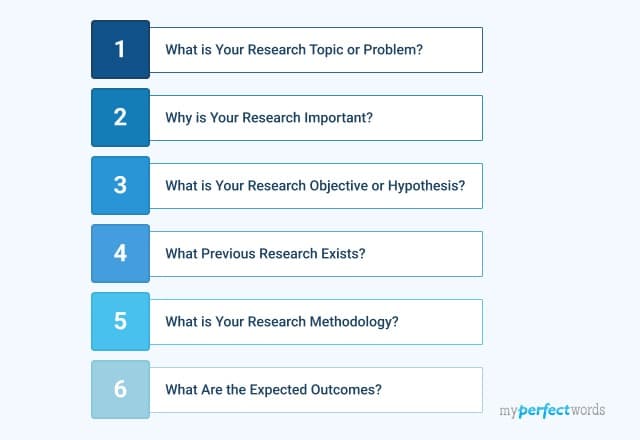
How to Start a Research Paper - 7 Easy Steps
-9374.jpg&w=828&q=75&dpl=dpl_4f4VU87XynDmuWZvXA7fJDuQ5GRt)
How to Write an Abstract for a Research Paper - A Step by Step Guide

Writing a Literature Review For a Research Paper - A Comprehensive Guide

8 Types of Qualitative Research - Overview & Examples
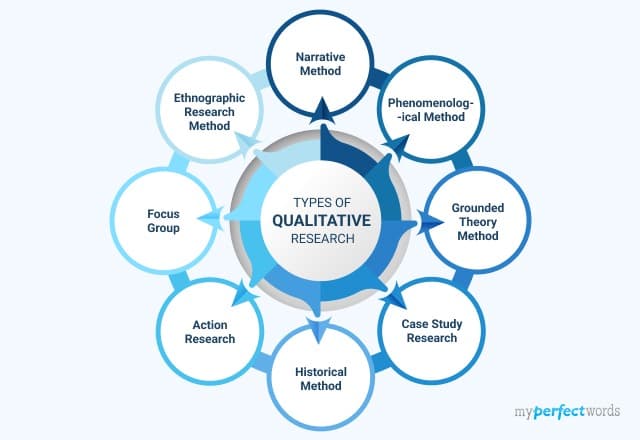
Qualitative vs Quantitative Research - Learning the Basics
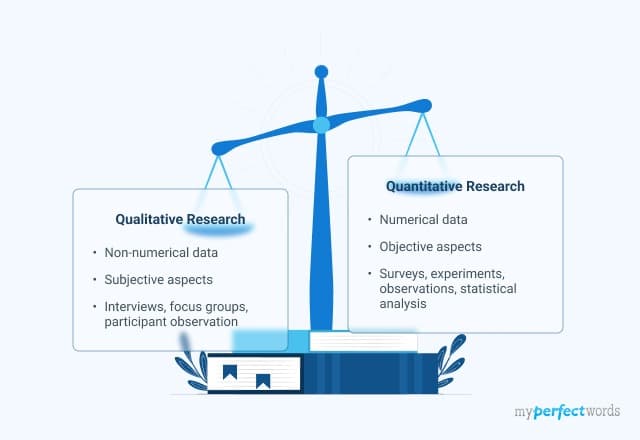
200+ Engaging Psychology Research Paper Topics for Students in 2025
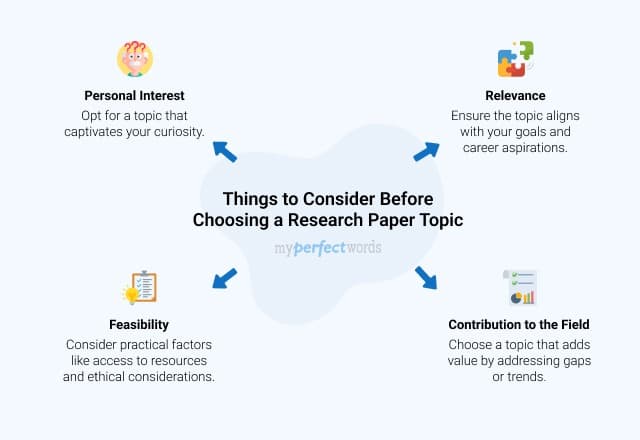
Learn How to Write a Hypothesis in a Research Paper: Examples and Tips!

20+ Types of Research With Examples - A Detailed Guide
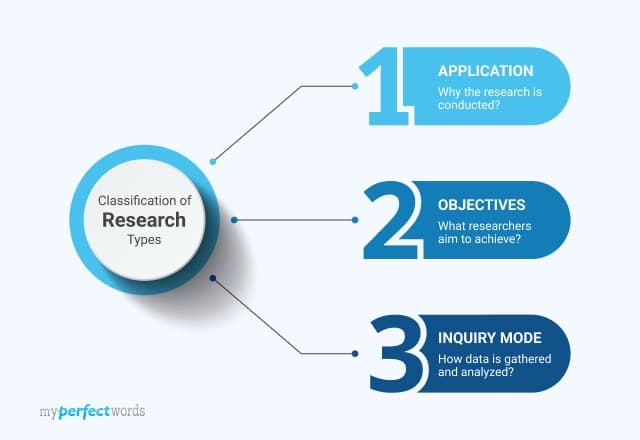
Understanding Quantitative Research - Types & Data Collection Techniques

230+ Sociology Research Topics & Ideas for Students
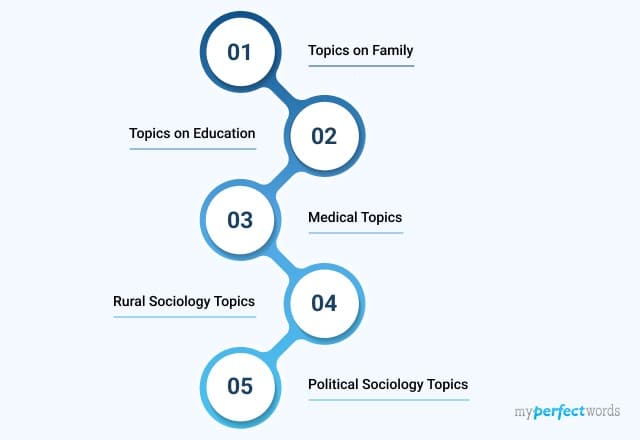
How to Cite a Research Paper - A Complete Guide

Excellent History Research Paper Topics- 300+ Ideas

A Guide on Writing the Method Section of a Research Paper - Examples & Tips

How To Write an Introduction Paragraph For a Research Paper: Learn with Examples
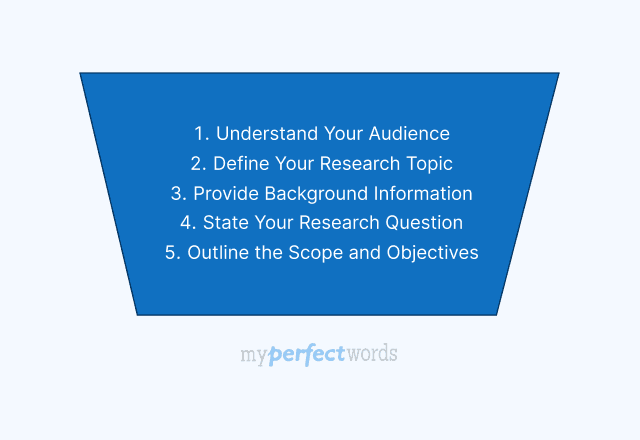
Crafting a Winning Research Paper Title: A Complete Guide
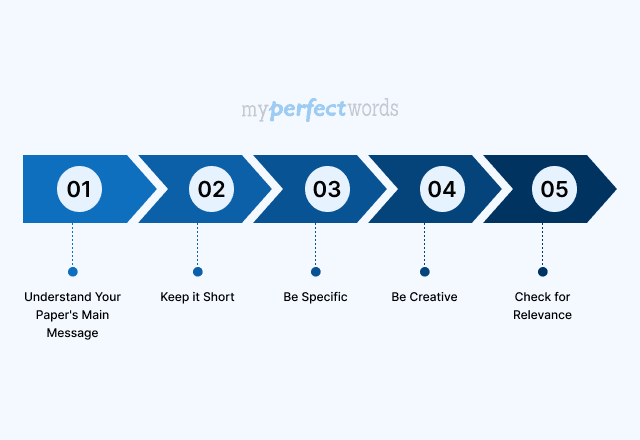
Writing a Research Paper Conclusion - Step-by-Step Guide
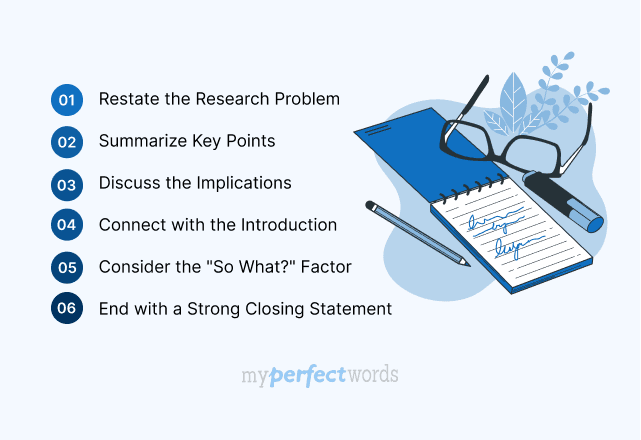
Writing a Thesis For a Research Paper - A Comprehensive Guide

How To Write A Discussion For A Research Paper | Examples & Tips

How To Write The Results Section of A Research Paper | Steps & Examples
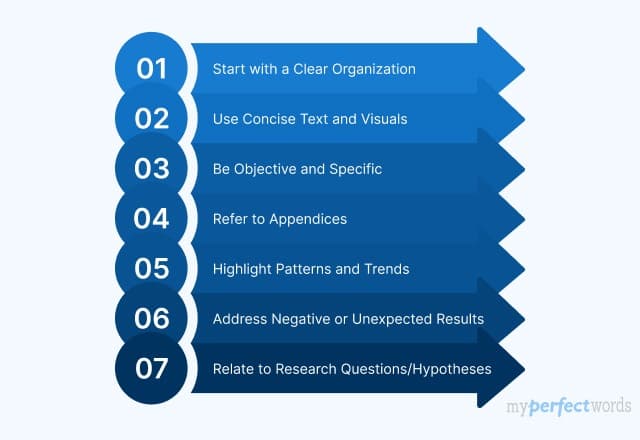
Writing a Problem Statement for a Research Paper - A Comprehensive Guide
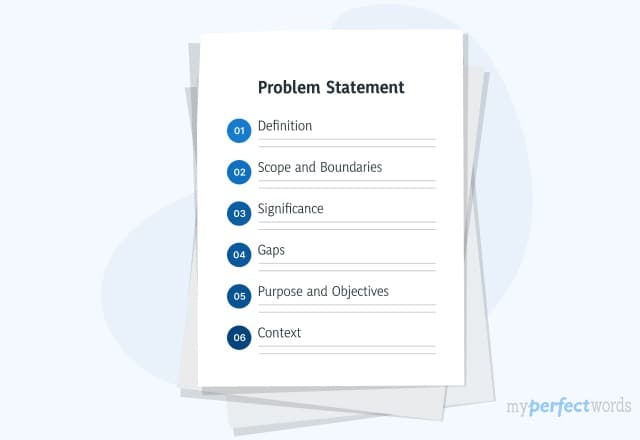
Finding Sources For a Research Paper: A Complete Guide
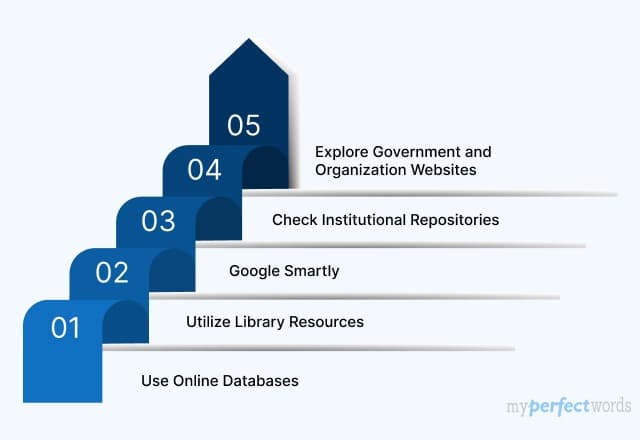
A Guide on How to Edit a Research Paper

200+ Ethical Research Paper Topics to Begin With (2025)

300+ Controversial Research Paper Topics & Ideas - 2025 Edition

150+ Argumentative Research Paper Topics For You - 2025

How to Write a Research Methodology for a Research Paper
